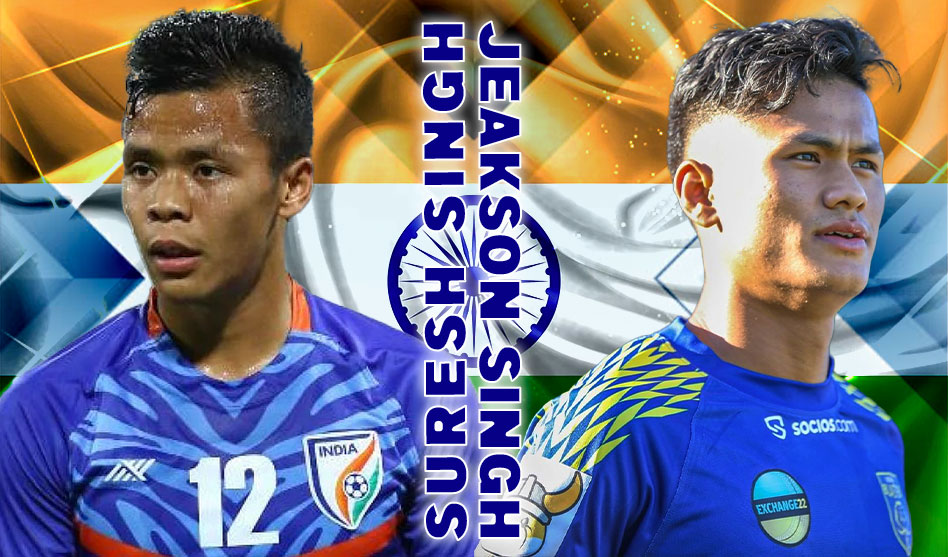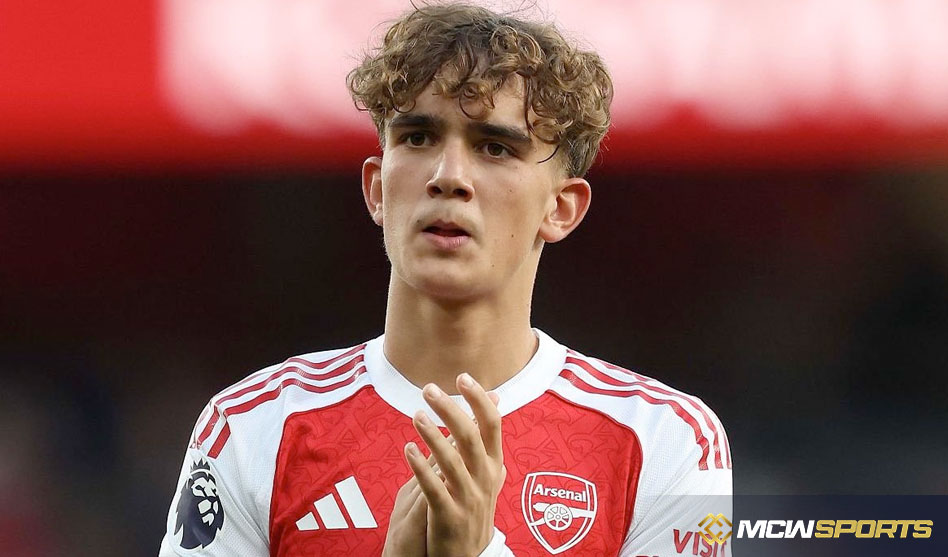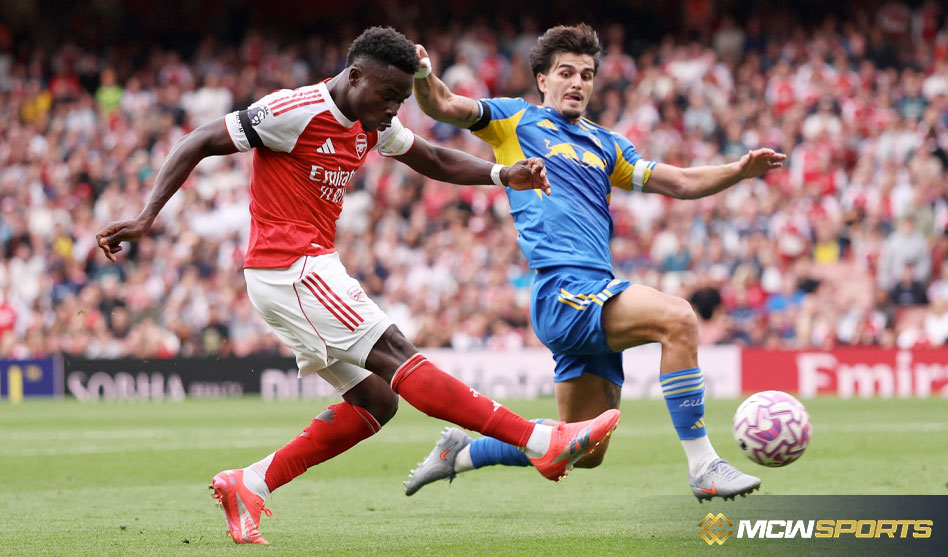When India head coach Igor Štimac decided to play the young and energetic midfield trio of Suresh Singh, Anirudh Thapa, and Brandon Fernandes in midfield in the first game (against Cambodia) of the recently concluded Asian Cup 2023 Qualifiers in Kolkata, the team sheet was welcomed by followers of Indian football as a brave and attacking selection. More so, because of the decision to also start the ruthlessly fast and technically sound fullback pairing of Akash Mishra (at left-back) and Naorem Roshan (at right-back). But while India has produced decent fullbacks and even wingers, it is the midfield balance that has always been the Achilles Heel.
“It has been a weakness because we never dominated the ball against bigger teams. In the last 20 years, I can only remember Climax Lawrence being the one player picked regularly in central midfield and it was mainly because of his technique and ability to score goals. The player with him kept changing: whether it was Jo Paul Ancheri initially, or NP Pradeep later on. But there hasn’t been a stable midfield pairing for India in the middle of the park for quite some time,” says Ishfaq Ahmed, a former India international and current assistant coach of the Indian Super League (ISL) side Kerala Blasters.
In fact, in his 28 matches in charge, Štimac has tried 18 different combinations in central midfield. In his preferred 4-2-3-1 formation, the two deepest midfielders are chosen as a double pivot, where one midfielder’s role is to maintain positional stability and protect the defence, and the other’s is a more mobile box-to-box role. The player that Štimac has chosen the most in this double pivot has been Anirudh Thapa (13 times). However, Thapa played only one-half of football as India scored eight and conceded just one goal while beating Cambodia, Afghanistan, and Hong Kong in Kolkata. This is partly because, in a bid to combat the physical challenge of Afghanistan, Štimac chose to start the taller, stronger Jeakson Singh alongside Suresh Singh Wangjam, a combination he stuck with against Hong Kong as well.
It was a bigger moment than you’d expect—because it was the first time the two players started an international match together since 12 October 2017, when India lost 4-0 to Ghana in the Under-17 World Cup.“The instructions were simple for both players. I was asked to play a more defensive role in midfield, with Suresh allowed to go up and down the pitch. This is the same formation and same role that I have been playing for my club (Kerala Blasters) so it was a seamless transition,” says Jeakson.
Both the 21-year-old Manipuris have known each other for a while now, and that helps the chemistry on the pitch. “Speaking the same language helps, and so does the fact that Jeakson is very disciplined in his positioning. So when I am out of position, chasing the ball, or going forward, I know Jeakson is behind me offering enough protection. He is calm with the ball, good in the air, unfazed under pressure, and always in the right place,” says Suresh, who has played 14 times for India’s senior side.
After the wins, captain Sunil Chhetri mentioned how this younger group of national team players are “more aware”. It is an important phrase to use, because of how analytical this group is about their strong points and limitations. Jeakson praises Suresh’s ability to recover and retrieve, something that allows him to use his midfield partner as an outlet when he’s under pressure, but he also believes that the Bengaluru FC player can get better in the air.
Performance analytics company Instant says that in the three matches that Suresh played in the qualifiers, he won 20 of his 38 duels, passed with a 90% accuracy, and made 17 recoveries. However, he didn’t win a single aerial duel and failed to make a key pass into the box. “I do a lot of good things, but I am fully aware that my final pass is missing. I have to work on that a lot more,” Suresh admits.
Jeakson’s numbers would make any defensive midfielder proud. Against Afghanistan, he won a remarkable 71% of his duels, winning every header, and completed 40 of his 42 attempted passes. Against Hong Kong, he continued in the same vein: winning three of his four headers, making an equal number of challenges in his and the opposition’s half, as well as an assist, when he found Chhetri in the box to create India’s second goal. “Brandon [Fernandes] wasn’t on the pitch and he usually takes the free-kicks so I was surprised when I was asked to take the free-kick. The plan was to point to one side and play in Chhetri at the far post and it worked exactly like that,” he says.
This long pass is something that Jeakson has been working on even after regular training. His club coach Ahmed says that drills during the ISL season would involve two-touch and one-touch passing, where the drill stops every time a player fails to make an accurate pass. “If you don’t make it, we can’t train. That’s the pressure in training, and that is why I say that he
It is important to not get carried away by this midfield pairing, though, not when the remarkably talented Lalengmawia Ralte (Apuia) is waiting in the wings. Apuia plays in the same position as Jeakson, despite having a completely different profile.“It might seem easy to just say keep your head down and keep working, but I realise there are players ready to take my place. And in a way, it is good to have such a good one breathing down my neck,” says Jeakson.
India’s younger generation is self-aware, up for a fight, and willing to change how the country has been expected to play. And in Jeakson and Suresh, there could be a central midfield axis that can add much-needed stability to an all-important part of the pitch.

 English
English










